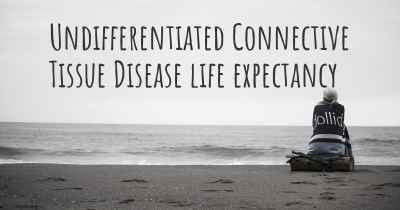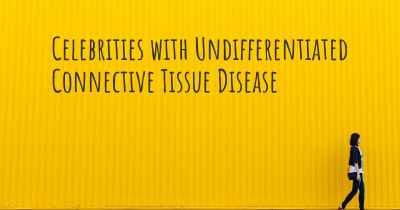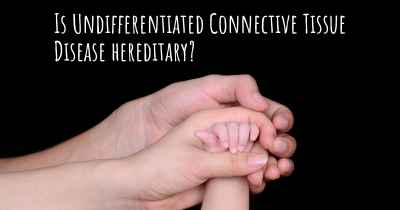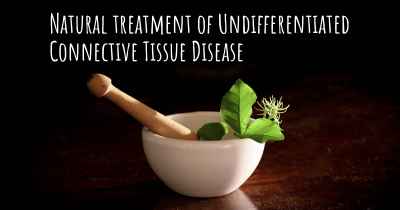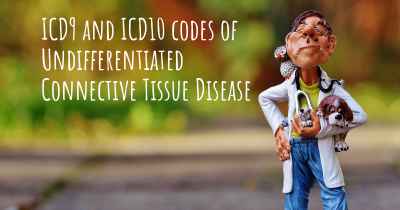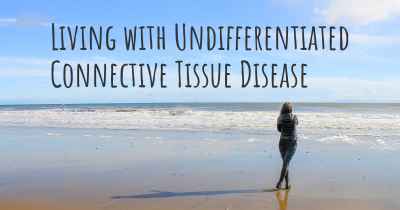Is it advisable to do exercise when affected by Undifferentiated Connective Tissue Disease? Which activities would you suggest and how intense should they be?
See if it is advisable for people with Undifferentiated Connective Tissue Disease to practice sports and which ones are the most recommended if you have Undifferentiated Connective Tissue Disease
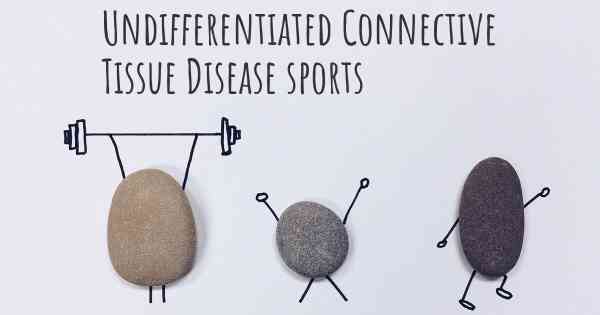
Undifferentiated Connective Tissue Disease (UCTD) is a condition characterized by symptoms that overlap with various autoimmune diseases, such as lupus, rheumatoid arthritis, and scleroderma. It is important to note that exercise can be beneficial for individuals with UCTD, but it should be approached with caution and tailored to the individual's specific needs and limitations.
Regular exercise can help improve overall physical and mental well-being, increase muscle strength, maintain joint flexibility, and reduce the risk of cardiovascular diseases. However, it is crucial to consult with a healthcare professional, such as a rheumatologist or physical therapist, before starting any exercise program.
Low-impact exercises are generally recommended for individuals with UCTD, as they are less likely to cause joint stress and exacerbate symptoms. These activities include:
- Walking: Walking is a great low-impact exercise that can be easily incorporated into daily routines. Start with shorter distances and gradually increase the duration and intensity.
- Swimming: Swimming and water aerobics are excellent options as they provide resistance without putting excessive strain on the joints.
- Cycling: Stationary or outdoor cycling can be beneficial for cardiovascular fitness and joint mobility. Ensure proper bike fit and start with shorter durations.
- Yoga and Pilates: These activities focus on flexibility, balance, and core strength. Modified poses and gentle movements can be adapted to accommodate individual needs.
- Strength training: Light resistance exercises using bands or light weights can help improve muscle strength and protect joints. It is important to use proper form and avoid overexertion.
Intensity of exercise should be individualized and based on the person's overall health, fitness level, and disease activity. It is important to listen to your body and avoid pushing beyond your limits. Start with shorter durations and lower intensity, gradually increasing as tolerated.
Warm-up exercises before engaging in physical activity are essential to prepare the muscles and joints for movement. Gentle stretching and range-of-motion exercises can help reduce stiffness and minimize the risk of injury.
Rest and recovery are equally important. Fatigue and pain are common symptoms in UCTD, so it is crucial to allow for adequate rest periods between exercise sessions. Pay attention to any signs of increased pain or inflammation and adjust the exercise routine accordingly.
Overall, exercise can be beneficial for individuals with Undifferentiated Connective Tissue Disease. It is important to consult with a healthcare professional to develop an individualized exercise plan that takes into account the specific needs and limitations of the person. Low-impact exercises, such as walking, swimming, cycling, yoga, and strength training, can help improve physical fitness and overall well-being. The intensity of exercise should be gradually increased based on individual tolerance, and proper warm-up and rest periods should be incorporated into the routine. Remember to listen to your body and make adjustments as needed to ensure a safe and effective exercise program.
